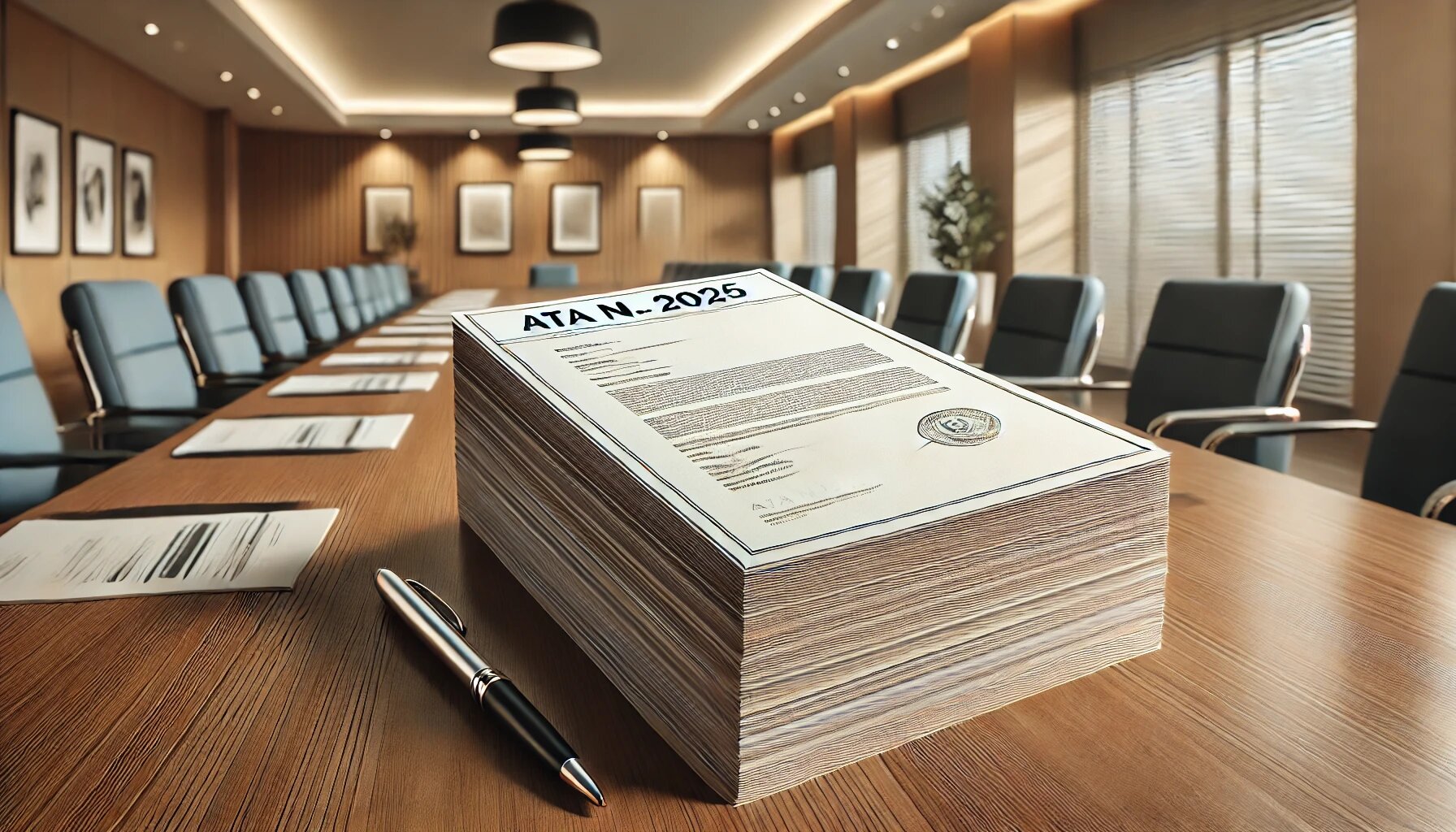Security in Condominiums: How to Implement Effective Measures
Security is a major concern for residents and condominium administrators. Ensuring a safe environment not only protects common and private property but also provides peace of mind for all. In this article, we outline practical and effective measures to enhance security in your condominium, with concrete implementation examples.
1. Installing Surveillance Systems
Surveillance systems are one of the most effective tools for monitoring common areas.
- Practical Example: Install security cameras in strategic locations such as entrances, garages, and elevators. Ensure devices are positioned to cover high-risk areas and comply with data protection laws (GDPR).
- Footage should only be accessible to the administrator and used exclusively for necessary purposes, such as investigating incidents.
2. Controlling Access to the Building
Restricting access to common areas is crucial to prevent unauthorized entry.
- Practical Example: Use automated gates, coded keys, or magnetic cards. Consider installing a video intercom system so residents can identify visitors before granting access.
- Keeping a log of deliveries or visits also enhances security.
3. Proper Lighting
Lighting plays a significant role in deterring illicit activities.
- Practical Example: Install LED lighting with motion sensors in areas like garages, entrances, and stairwells. This not only boosts security but also reduces energy costs.
4. Educating and Raising Awareness Among Residents
Collaboration among residents is essential for collective security.
- Practical Example: Hold regular meetings to share best practices, such as ensuring doors are securely closed and reporting suspicious activity. Promote awareness campaigns about the risks of leaving doors or gates open.
5. Hiring Security Services
For larger condominiums or those in high-risk areas, private security services can be an effective solution.
- Practical Example: Hire a specialized company to patrol the building at specific times or overnight. Ensure security personnel are properly licensed and trained to handle emergencies.
6. Emergency Management
Being prepared for emergencies is a crucial part of condominium security.
- Practical Example: Create an evacuation plan and ensure all residents are aware of it. Conduct periodic drills to train residents on how to act in case of a fire or other emergency.
7. Preventive Maintenance
Poorly maintained equipment can pose security risks.
- Practical Example: Perform regular maintenance on automated gates, intercom systems, lighting, and security cameras to ensure proper functioning and prevent failures.
8. Continuous Monitoring
Even after implementing security measures, ongoing monitoring is essential.
- Practical Example: Conduct quarterly security audits to identify weaknesses and implement continuous improvements.
Conclusion
Ensuring condominium security is a collective task that requires planning, investment, and involvement from all residents. By implementing these measures, you can create a safer and more peaceful environment for everyone. For more information, consult reliable sources such as the Diário da República and legislation related to condominium security.



